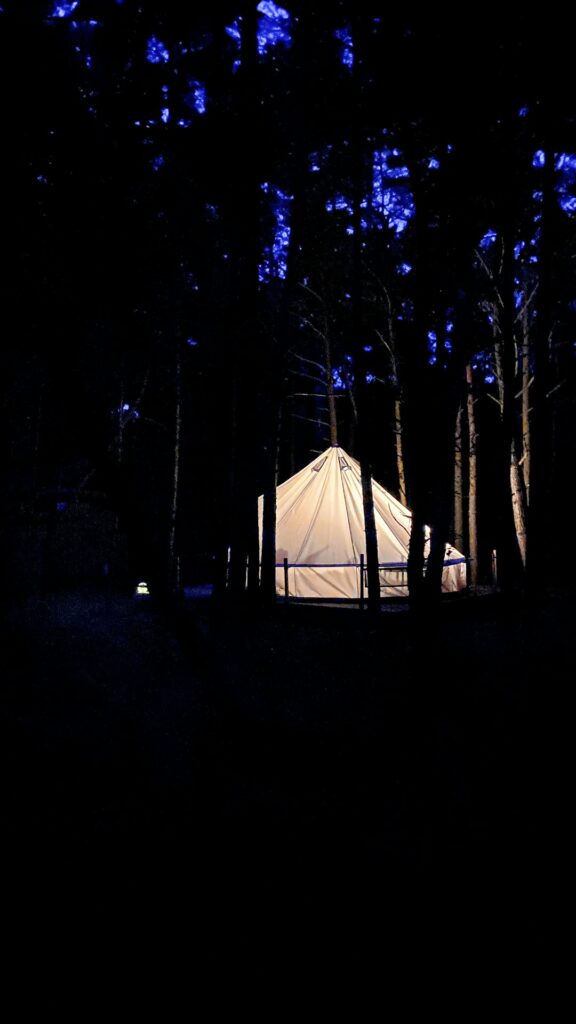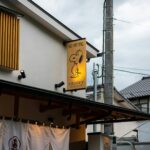Are you seeking a truly immersive escape into Japan’s serene countryside, where luxury meets authenticity and the healing power of hot springs blends with the thrill of camping under the stars? In 2025, savvy travelers are turning away from the crowded traditional ryokans and discovering the allure of glamping onsens—exclusive retreats known only to locals. This article unveils the newest, most enchanting hidden gems where you can soak in natural hot springs, sleep amidst ancient forests, and savor the untouched beauty of rural Japan, all with a unique glamping twist. Get ready to explore traditions, indulge in gourmet experiences, and become a conscious traveler—all at once.
What are Glamping Onsens? Japan’s 2025 Retreat Revolution
Japanese onsen culture has long been celebrated for its healing properties, deep traditions, and tranquil settings. Historically, experiencing an onsen meant staying in a ryokan—luxury traditional inns that evoke images of tatami mats, yukata robes, and multicourse kaiseki meals. But in 2025, a new trend has emerged for those craving both comfort and connection with nature: glamping onsens.
Glamping, or “glamorous camping,” brings together outdoor adventure and luxury accommodation. When paired with secluded hot springs, guests can now enjoy private open-air baths, stylish tents or cabins, and panoramic forest views—all without sacrificing the personalized service of traditional Japanese hospitality. Unlike conventional ryokans, glamping onsens invite you to take in the crisp mountain air, listen to the soothing river sounds, and wake up to birdsong just outside your canvas door. This blend of rustic charm and exclusive pampering is revolutionizing wellness retreats in Japan.
Hidden Glamping Onsen Gems: Kumamoto, Akita and Nyuto
While major resorts in Hakone or Beppu attract international tourists, the real magic lies in lesser-known locales cherished by locals. Two standout regions for glamping onsens in 2025 are Kumamoto Prefecture in Kyushu and the legendary Nyuto Onsen area in Akita, Tohoku.
In the foothills of Kumamoto, you’ll find boutique sites nestled beside mineral-rich streams, where fireflies dance among the trees on summer nights. These sanctuaries often partner with nearby farmers for fresh, seasonal dining and offer tent suites perched above crystal-clear rivers. Meanwhile, Nyuto Onsen is mythic among Japanese hot spring fans—famed for its rustic baths, wooded trails, and steaming pools fed by natural springs. Here, new glamping experiences blend cedar-wood barrel baths with luxury canvas lodges, creating a magical harmony between forest solitude and lavish warmth.
What unites these hidden treasures is their commitment to local authenticity. Hosts are usually from the region, sharing insider tips on unmarked trails, historic shrines, or nearby waterfalls—all to ensure guests uncover the deepest layers of the countryside.
Forest Baths, Barbecue Feasts, and Stargazing: Nature Activities for All Seasons
One of the greatest joys of glamping onsens is the immersive connection to the changing seasons and natural rhythms of Japan. Forest bathing (shinrin-yoku) is a must—guests are encouraged to slowly wander through groves of beech or cedar, inhaling the earthy scents and listening to the forest breathing around them. This meditative exercise, rooted in Japanese wellness practice, is proven to revive weary souls.
At mealtime, enjoy open-air barbecues using local specialties—think Kumamoto wagyu, Akita hinai-jidori chicken, or sweet summer corn grilled over an open fire. Staff may organize foraging walks or mushroom-picking adventures, depending on the season. And when night falls, some retreats offer private stargazing decks, undisturbed by city lights, making constellations and the Milky Way shine brilliantly overhead.
Spring brings wildflower picnics, Fall boasts breath-taking koyo leaf colors, and in snowy months, nothing beats soaking in a hot spring while snow silently blankets the woods around you. Every visit is unique, shaped by time, weather, and your own curiosity.
Easy for Beginners: Facilities, Services, and Booking Tips
If you’re new to both camping and onsen travel, don’t worry—modern glamping resorts in Japan are purpose-built for beginners and international guests. Expect plush bedding, eco-friendly heating, private decks, and spacious bath facilities. Many glamping tents and cabins feature ensuite rotenburo (outdoor baths), offering private views and full immersion in nature.
Attentive hosts usually provide English language support, locally sourced amenities, and even shuttle transportation from the nearest train stations. Onsite staff can guide you through onsen etiquette and keep your stay both safe and relaxing. When it comes to reservations, it’s best to book directly through the property’s website or reputable travel portals. Highly sought-after sites may fill up months in advance, especially in peak seasons like cherry blossom time or fall foliage, so plan early. Many spots now welcome digital payments and offer vegan or allergy-friendly menu options upon request.
Travel with Respect: Sustainability, Community, and Glamping Manners
As glamping onsens attract more adventurous travelers, locals and hosts are leading the way in sustainable tourism. These retreats champion low-impact building materials, source foods from small farms, and frequently engage in projects that revitalize rural economies. By respecting established onsen etiquette (such as washing before entry and bathing quietly) and supporting local shops and artisans, you contribute to the cultural and environmental well-being of these areas.
It’s essential to tread lightly: avoid disturbing wildlife, minimize waste, and observe any community rules. Some facilities organize volunteer cleanups or reforestation activities, letting guests leave a positive mark. Ethical glamping isn’t just possible in Japan—it’s becoming the standard, and many sites are now eco-certified.
When you choose a glamping onsen experience, you’re not only gifting yourself restorative time in nature, but also forging meaningful connections with the land and its guardians. This is slow, mindful travel at its finest—a way to soak, stay, and savor Japan like a true local.








